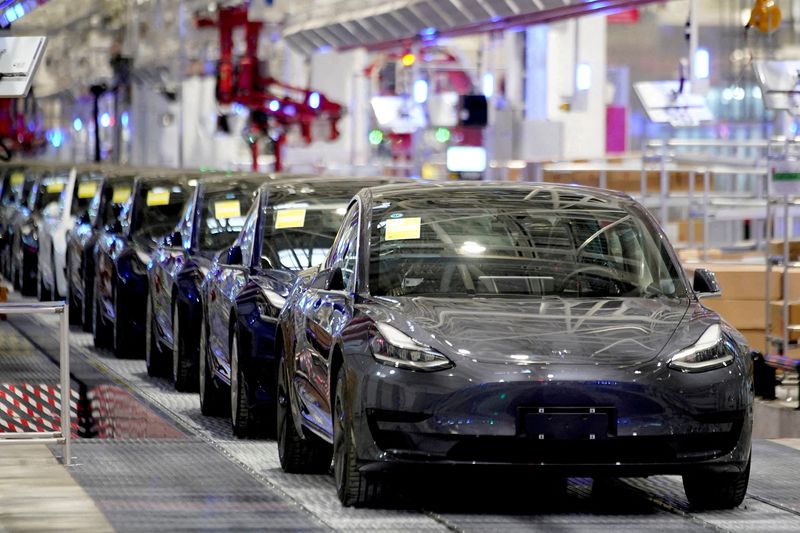Tesla’s China-Made EV Sales Drop 4.3% in Nov: What Could Be Behind This Decline?
With the growing interest in electric vehicles (EVs) worldwide, Tesla has maintained its position as a frontrunner in the market. However, recent reports have highlighted a slight decline in Tesla’s China-made EV sales by 4.3% in November. This unexpected drop has raised questions about the factors contributing to this decline and what it could mean for Tesla’s future in the Chinese market.
One potential reason for the decline in Tesla’s China-made EV sales could be increased competition from domestic EV manufacturers. As the EV market in China continues to expand rapidly, local companies have been stepping up their game by offering a wide range of affordable and technologically advanced electric vehicles. This heightened competition could have diverted some potential customers away from Tesla, leading to a decrease in sales.
Additionally, supply chain disruptions and semiconductor shortages have plagued the global automotive industry, including Tesla. These challenges could have impacted Tesla’s production capacity in China, leading to a decrease in the number of vehicles available for sale in November. The limited availability of Tesla’s China-made EVs might have constrained sales and contributed to the overall decline.
Moreover, changing consumer preferences and shifting market dynamics could also play a role in the decline of Tesla’s China-made EV sales. As more EV options become available to consumers in China, preferences may shift towards different brands or models that better fit their needs and preferences. Tesla’s failure to adapt to evolving consumer trends and demands could have resulted in a decrease in sales in November.
Another factor that could have influenced the decline in Tesla’s China-made EV sales is regulatory changes and government incentives. China has been actively promoting the adoption of electric vehicles through various subsidies and policies to reduce carbon emissions and combat climate change. Changes in these regulations or incentives could have impacted Tesla’s sales performance in November, especially if the company failed to meet the requirements for government incentives.
In conclusion, the 4.3% drop in Tesla’s China-made EV sales in November raises concerns about the company’s performance in the world’s largest EV market. While several factors, such as increased competition, supply chain disruptions, changing consumer preferences, and regulatory changes, could have contributed to this decline, it is essential for Tesla to address these challenges proactively. By staying attuned to market dynamics, enhancing production capacity, and adapting to evolving consumer preferences, Tesla can navigate through these obstacles and regain its momentum in China’s competitive EV market. Only time will tell how Tesla responds to these challenges and whether the company can bounce back from this setback.



